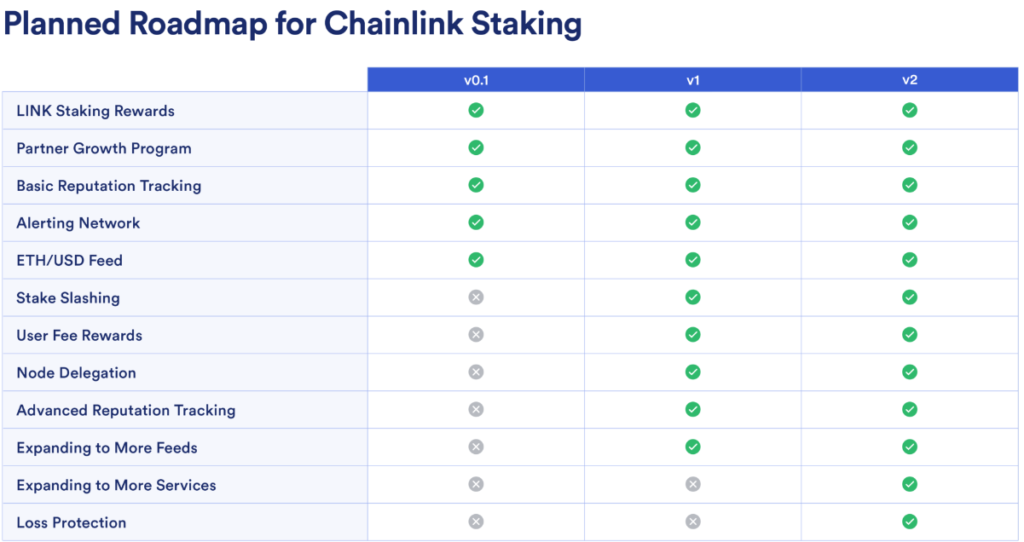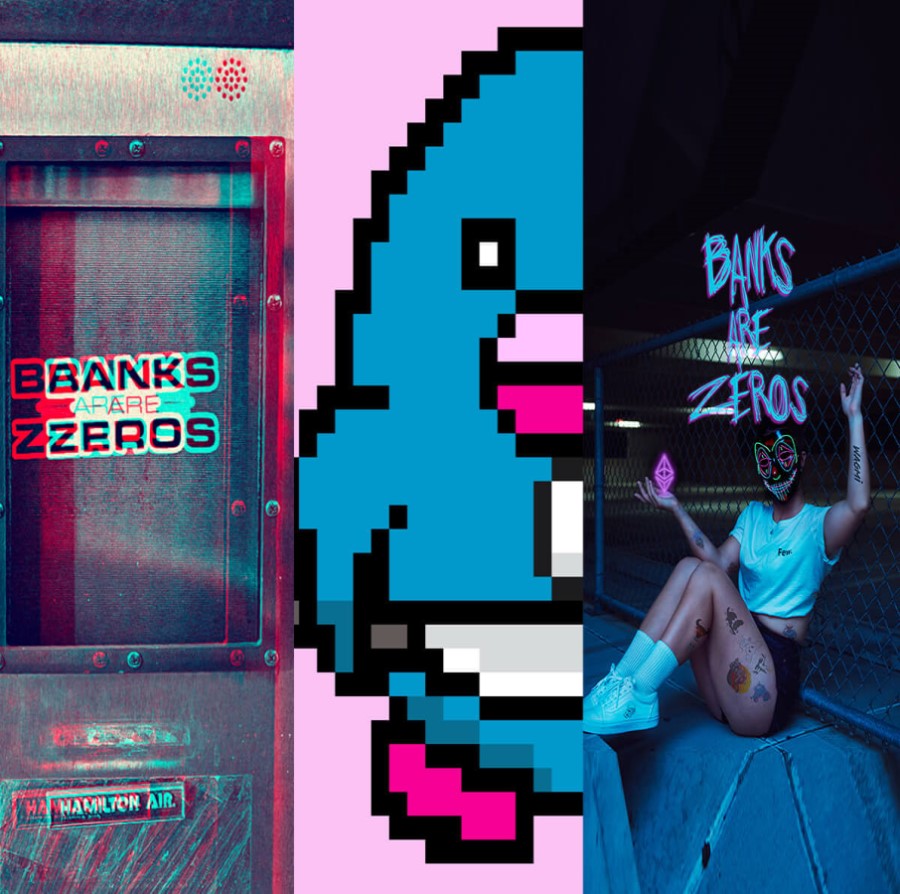It has been a big week for crypto. Senators Cynthia Lummis (R – Wy) and Kirsten Gillibrand (D – NY) introduced the highly anticipated Responsible Financial Innovation Act. It is well known that Cynthia Lummis has become a strong and outspoken advocate of crypto, most notably for Bitcoin. This week we also witnessed the successful execution of Ethereum’s Ropsten testnet merge, and a long term view for Chainlink staking.
Responsible Financial Innovation Act
“The Responsible Financial Innovation Act creates regulatory clarity for agencies charged with supervising digital asset markets, provides a strong, tailored regulatory framework for stablecoins and integrates digital assets into our existing tax and banking laws.”
Senator Cynthia Lummis
Regulatory clarity has been a point of contention for anyone involved with crypto, especially as it has prevented much institutional involvement. Lummis and Gillebrand intended to provide some clarity with this bill, being the first major US bill to attempt to establish some sort regulatory framework for crypto. Both for the industry and for regulators.
Heading into 2022 there was a lot of momentum in the growth of crypto and all around interest. In 2021 alone, Congress introduced 35 bills focusing on crypto regulation, applications and CBDCs.
The “Responsible Financial Innovation Act” seeks to legitimize and formally integrate crypto assets into the existing US financial system. This being the biggest one yet, notably with a bipartisan approach. Not to mention Lummis being the Head of the Banking Committee that oversees the SEC, and Gillibrand being the Head of the Agriculture Committee overseeing the CFTC.
“Digital assets, blockchain technology and cryptocurrencies have experienced tremendous growth in the past few years and offer substantial potential benefits if harnessed correctly. It is critical that the United States play a leading role in developing policy to regulate new financial products, while also encouraging innovation and protecting consumers.”
Senator Gillibrand
Key Takeaways
This bill, a bipartisan approach, sheds light on the fact that crypto and CBDCs have become a massive point of focus. Federal Reserve Chairman called CBDCs a “necessary defensive move” for the USD in the Digital Dollar discussion paper. The wave of crypto, digitalization, and CBDCs is all part of the same ongoing trend.
Generally speaking the issue of crypto regulation has become a bi-partisan issue. Most of the crypto advocacy has generally come from the GOP, and most of the resistance has come from the Democrats, like Brad Sherman (Mongoose Coin Maxi).
The government historically tends to move slowly on things like this, so don’t have high expectations for this to take effect before the end of 2023. The chances of this bill passing as it currently stands is very low. The earliest this bill could be passed is around one year’s time. The expectation, from Lummis herself, was that parts of this bill could be passed separately over time while other parts adopt necessary adjustments in order for them to pass.
The bill is seeking to remove tax implications on small purchases of goods and services, currently standing at $200, tax free, but that could also change. Several sections of the bill also aim to settle to differences between what is designated a security and what is designated a commodity. Essentially differentiating the oversight between the SEC and the CFTC.
The interpretations of securities should not include BTC and ETH, based on levels of decentralization these should each be considered safe from the interpretation of a security. Finalizing this language though should not be seen as friendly toward a majority of alt-coins.
Ropsten Testnet Merge
Another checkpoint on the road toward “The Merge” was successful this week. The Ethereum mainnet currently operates under the Proof of Work consensus protocol.

Proof of Work is a decentralized consensus mechanism that fundamentally causes miners to use energy to solve a “puzzle” to prevent anybody from gaming the system. Proof of work is used widely used in mining cryptocurrency like Bitcoin and Ether, and is successful in validating transactions and mining new tokens.
As a result of utilizing proof of work, Bitcoin, Ethereum, and other cryptocurrency transactions can be processed peer-to-peer in a secure manner without the need for a trusted third party.
Proof-of-stake on the other hand is a type of consensus mechanism used by blockchain networks to achieve “distributed consensus”. It is believed that it will make Ethereum more decentralized. It requires users to stake their ETH to become a validator in the network, therefore putting skin in the game.
Validators are responsible for the same thing as miners in proof-of-work: ordering transactions and creating new blocks so that all nodes can agree on the state of the network. Proof of Stake also comes with many other benefits and improvements. It is more energy efficient than PoW, lower barriers to entry by reducing hardware requirements, and should lead to more nodes operating on the network.
The Merge refers to the Beacon chain Proof of Stake system “merging” with the Ethereum mainnet. The estimated shipment of this is currently projected for Q3/Q4. Rumors have it that it could happen as early as August.
Chainlink Staking
2022 has been a big year for Chainlink. Both CCIP and Staking was announced for this year.
Cross Chain Interoperability Protocol (CCIP) reinforces a productive and dynamic aspect to multi-chain and cross-chain functionality and brings more capabilities to application developments and services.
The simplest way to describe this is that CCIP brings the ability for other blockchains to communicate with one another, and provides interoperability to applications to collaborate with each other. This has massive implication for the abilities for all chains to improve and enhance functions. Therefore presenting more opportunities and capacity to this technology.
As you may, or may not, already know. Staking refers to the locking up of tokens, as collateral, to secure a smart contract protocol or network. The locking up of tokens in a particular protocol or network earns rewards for the depositor.
Back in January Nazarov explained the general outlook for Chainlink ahead of the announcement this week. The long term goals of Chainlink staking is: 1. Increase cryptoeconomic security & user assurances of services 2. Enable community participation in the network 3. Generate sustainable rewards from long term use 4. Empower node operators to access higher value jobs by staking

“The mission of Chainlink staking is to give ecosystem participants, including node operators and community members, the ability to increase the security guarantees and user assurances of oracle services by backing them with staked LINK tokens. The staking of LINK in turn enhances the ability for nodes to receive jobs and earn corresponding fees within the Chainlink Network. ”
blog.chain.link
Summary
This was a major week in crypto for all reasons, unironically during a bear market. The biggest changes and upgrades are ahead of us with the upcoming Merge, advancements with Chainlink, and we’re more than halfway to the next Bitcoin halving. There is so much ahead of us while crypto continues to advance each day.









